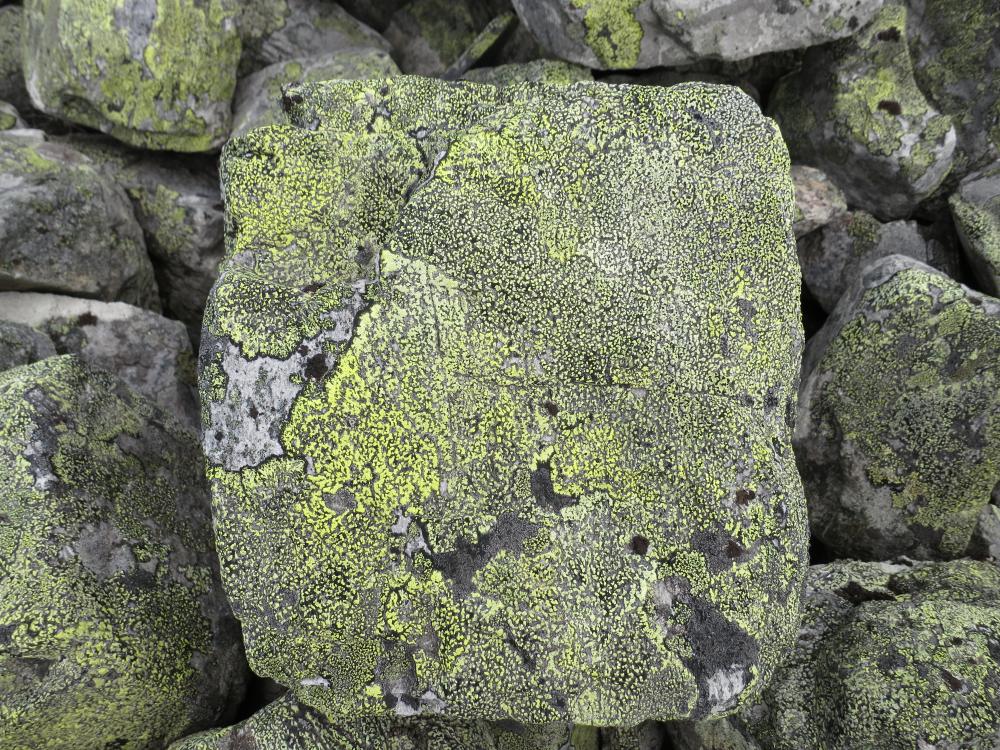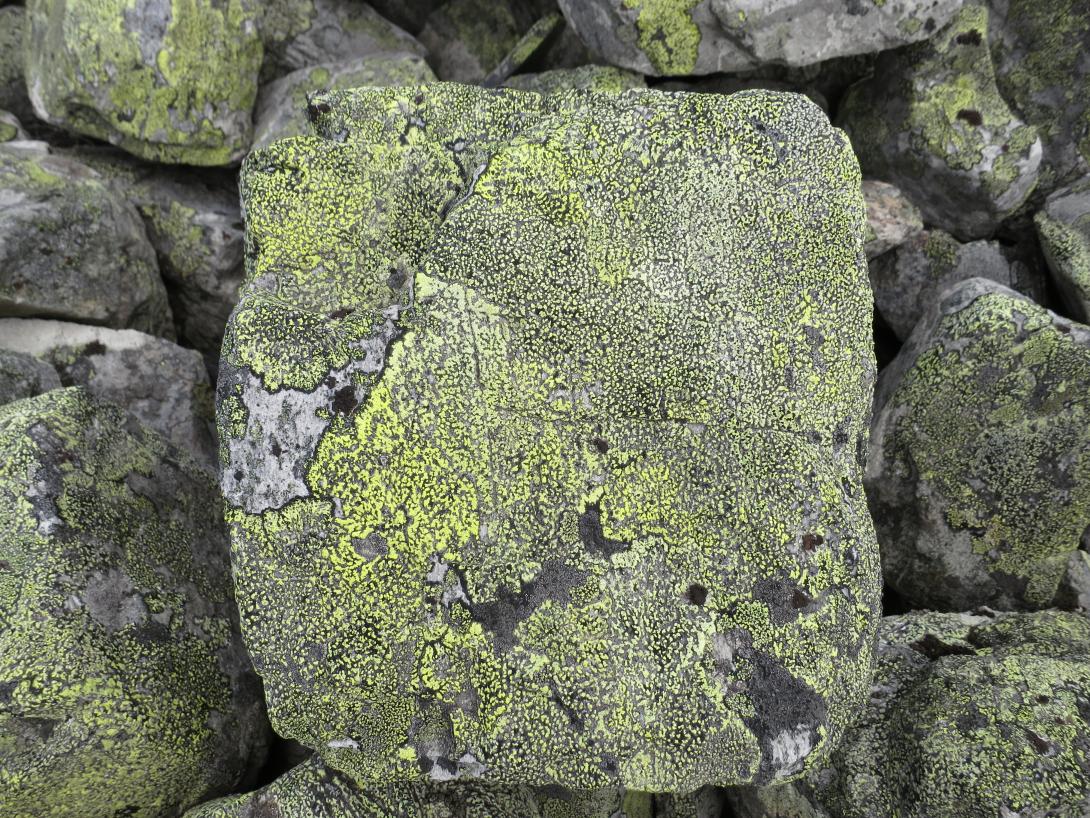“I don’t think we make things alone, even when we are alone”
an interview with Mette Edvardsen
In your trilogy Black (2011) - No Title (2014) - We to be (2015) you explore the possibilities and limits of language in both real and imagined space. With oslo you go on with your research into language. In what way is oslo a continuation of this trilogy? And at the same time, which turn did you make so that it doesn’t extend the trilogy into a tetralogy?
When I was making Black, I thought it was the end of something, that I had closed a circle. I painted all my objects from previous pieces black in order to make them disappear. With this removal of objects came language. In an empty space, I was naming things in order to make them appear. Words, (invisible) objects, voice, actions, repetition, rhythm - this was the beginning of the writing to come. Black did not come out of an interest in language as such, but as a continuation of my previous works and specifically my relation to objects. Later I realized that it was in fact not an end, but rather a beginning of something new.
In the pieces that followed, No Title and We to be, I continued to work with some specific features of language, like negation and the tenses past and future. The use of language and voice links these three works together, but the idea of the trilogy only came while I was developing We to be. To relate the pieces like this is not to add something, or to make (another) sense, but rather to show that ideas are not isolated. They come out of a process and exist in tension with each other. In fact, I think all my pieces belong together. The development might not be linear, but one thing leads to the next.
oslo is no exception. I would not have made it without the three preceding works and it certainly belongs to the same cycle of works, but I see no need to now make this into a tetralogy. For me the pieces Black, No Title and We to be make a trilogy and remain three autonomous works at the same. And now there is one more. All four pieces are connected both in the use of language and the work with imagination, but in oslo there are other choices of media and the support of the text is different. The text is no longer only prompted by me.
You were on the programme of Performatik 2011 with Black. This year you’re part of the festival again. What can of evolution has taken place in your work from then until now? What has changed or what stays the same? Did your way of looking shifted?
Since Black in 2011 there has been a focus on language in my work, from single words to full sentences, to writing a play. I work with language as material. But my ambition with the writing is in relation to choreography, and not to literature or to become a writer (in a traditional sense). I think of choreography as writing, also when there is no language. For me dance is not primarily a visual art form, other senses are also involved: listening, feeling – and also thinking, remembering, imagining. I think in all my works I am busy with this; how we are there, our capacities to imagine, and how we experience and engage in this process.
In parallel to the series of performances for the stage, I have also been developing another work Time has fallen asleep in the afternoon sunshine (2010 – ongoing), where a group of people memorize a book of their choice and form a library of living books. This work is developed in three stages, the practice of learning by heart; the transmission of the work where we recite for readers, which usually takes place in libraries; and then finally the re-writing where we are writing down from memory and making new editions of the books learned by heart. This work is unfolding with its own logic, but has of course been very important to me during these years.
oslo is the anagram for solo. Although you collaborate often with other artists, in a lot of your works you’re standing alone on stage. What makes standing alone on stage from time to time so important for you? And is there an interaction in your practice between the collaborations and your solo work?
The title oslo refers to solo, as you say, and of course to the name of my city, Oslo. There are certain expectations of the solo as format, in dance, that I feel uneasy about. The title is a playful way to address or evoke that. In many of my pieces I am alone on stage, even if I don’t really think of them as solo pieces, or at least it is not about that. Like it is also not about me being a woman, and at the same time also not about not being a woman. For me the work is in the writing. I am always inside of my pieces, doing them, also when I make works with more performers involved. I need to be close to the work, to the process, in order to understand what to do.
My experience as a dancer and performer and my collaborations with other artists, have been very formative to how I have developed my own practice. I don’t think we make things alone, even when we are alone. But I can do certain things alone, which I cannot do, or at least would do differently with others. For me, the experience with the work Time has fallen asleep in the afternoon sunshine is an example of collaborating in another way. We are alone and together at the same time. I exchange with other artists or colleagues in various ways – also through teaching, writing, mentoring – and these conversations are important to me. Collaborative processes are not the only way to share or do something together. I think that collaborations can take form in different ways, like love.
The theme of Performatik17 is “Bodily attempts at social sculpting” Sculptures are at stake here: from movement in sculptures to the sculpting of movement. How does oslo fit in the festival?
The concept of the “social sculpture”, as proposed by Beuys, was filled with both political intention and spiritual values. The term was created to embody his understanding of art's potential to transform society and mainly referring to artworks that take place in the social realm. The works require social engagement and the participation of its audience for its completion. “Bodily attempts at social sculpting” seems to me a slightly more delicate and precarious notion of what it can mean to come together.
For me this movement is of a more internal kind. I am working with imagination and I am trying to open a space for experiencing and going into an imagination, or a process of imagination. And with internal, I mean that the imagination is not only about what you as an audience can imagine and project back into to space, to fill in or complete, if you like, but that there is a coalescence of the imagination and the experience in the moment, in space. In the piece oslo I try to open the space between stage and audience, to extend it. I don’t want to take it apart, to dissolve the divide, but I want to let the total space be part of the space of experiencing. Not only what is happening in front of us.
Other central points in the festival are creating together, here and now and the questioning of the position of the spectator (as the performances take place on the threshold of performing arts and visual arts and both demand another position of the spectator). In We to be, you sat among the spectators. How will you position yourself towards the public in oslo? And is there a form of creating together with the audience?
In oslo I am on stage and the audience is seated frontally, it’s a classical set up. Even if it is not about me, the performer alone on stage, I didn’t want to make a piece without a performer, and also not to dissolve the space of the audience. I think this tension between stage and audience is interesting, in this gap I can work. To be seated in the audience in We to be, was an important experience to inform the choices I have made now for oslo. More than being about my absence, from stage in that case, the closeness with the audience extended and opened the space of the performance, as its live broadcast on the radio, contributed to this ‘opening’ of the space. The relation between stage and auditorium holds a certain tension, or even just a sense of presence. The theatre space and its conventions offer possibilities for other spaces to open, to evoke imagination.
I like to speak of audience instead of spectator, because it doesn’t single out individuals. For me ‘spectator’ focuses more on the individual, and ‘audience’ assumes a ‘we’ that refers to both the space of the audience and the people (one or many). It allows for both anonymity and belonging together. As an audience my experience is singular and personal. When I am an audience myself, I like to disappear in that collective moment, in the dark, and just be with myself. To share this space of imagining together, in a space that offers something without wanting something in return.
What about the image of the performance: the rock with the moss on it? Where is it referring to?
The picture of the stone was taken last summer when I was walking in the mountains in Norway. And this information is of course totally irrelevant to the piece! But what made me choose it to represent the piece, apart from that I like the image, or the stone, was that it connected a moment of thinking about the piece with an image. And I found that interesting as an idea. An image needs to fit the piece in some or other way, but how? The fact that it as reference remains rather vague, or obscure, is for me good. All these pieces since Black could have one and the same image, me talking in an empty space or just an empty space, and it could somehow represent any one of the pieces, but I always try to look for other ways to present and represent the works visually.
Mette Edvardsen in a written conversation with Eva Decaesstecker (Kaaitheater, 2017)

